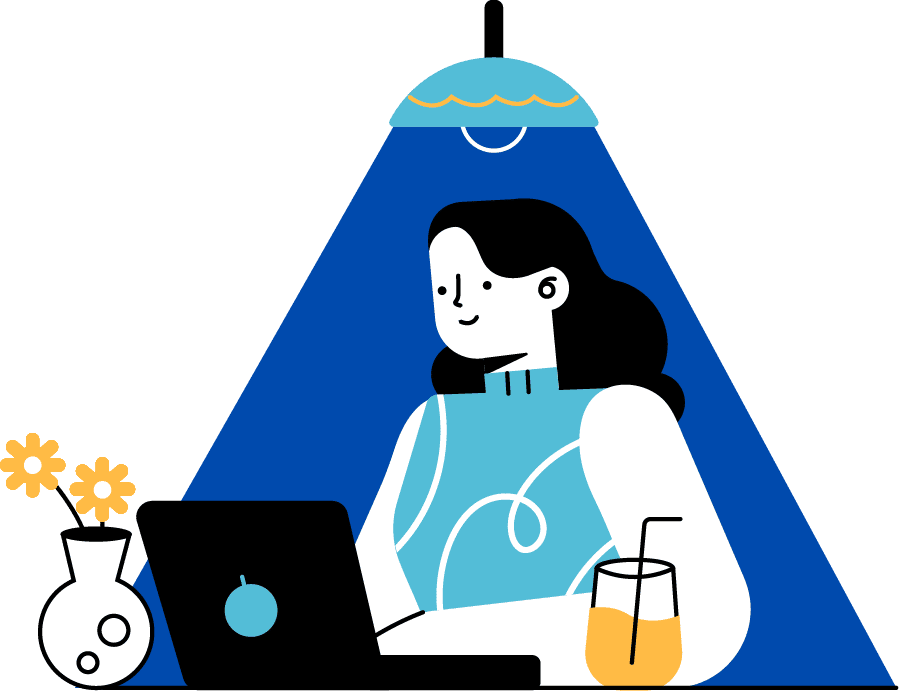Phobias affect nearly 19 million people and are categorized under anxiety disorders. Many phobias only appear in the teen years but a great many have their roots in traumatic events that happened in childhood. Currently, there are 400 recognized phobias, so a comprehensive phobia list is too long for this space. Phobias occur on a continuum and some are mild enough that a person can easily deal with them, but many are so strong that the phobia interferes with a person’s quality of life. Let’s look at some common phobias to see where they come from and how they can be treated.
Fear Vs. Phobia
Phobias are referred to as “the fear of…” but fears and phobias are different in major ways even though your reaction may be the same at the moment you are experiencing them. Fear is a natural response to some imminent threat. It is your body’s way to warn you of danger so you can react. Once the threat has passed, your body will return to a natural state of calm. Fear can often be overcome and worked through.
Phobias, on the other hand, are reactions that can be triggered by completely harmless things or situations. Often they are described as irrational. The anxiety associated with phobias outweighs the fear and a phobia is often triggered by even thinking about the object or situation. The origin of a phobia has nothing to do with the current situation. In many cases, the origin of the fear occurred many years ago and in other cases, there is no easily defined starting point for the extreme fear. People with a phobia often avoid any situation where they may come into contact with the situation or item in question.
What Causes Phobias?
The origins of a phobia aren’t always clear. Psychologists have determined, however, that most can be traced back to one of two causes; a dramatic experience or a genetic or environmental factor. Phobias are much like PTSD in that it is not understood yet why the same event affects two people in different ways.
Let’s see how that works.
If you have a fear of dogs, known as cynophobia, it could be that you were either in a situation where you were bit as a child or you saw someone else bit. The fear and pain you felt at the time may have been too much for your young mind to process.
While you may eventually push the memory back, the emotion could be triggered whenever you are close to a dog and you fear being bitten. The phobia may include all dogs, just the specific breed you were bit by, or even all dogs the same size.
Xenophobia, or the fear of anyone new or different, is a great example of an environmental or genetic phobia. You may have grown up in a community where everyone was pretty much the same race or religion. You hear your parents and those around you discuss people who were different in negative terms and their fear became ingrained in your subconscious.
You have no specific incident that caused fear but your growing mind grasps the fear of those around you. It is possible that even your parents are reacting to their parents’ fear and not their own experience.
Symptoms of a Phobia
The symptoms of a phobia are very much like those related to an anxiety or panic attack. That is because phobias are basically extreme anxiety reactions. When triggered, you may experience both physical and psychological phobia symptoms such as:
- A racing heart and tightness in your chest
- Chills or hot flashes
- A dry mouth
- The feeling of choking or not being able to breathe
- Nausea
- Sweating
- A feeling of impending doom
- Unspecified dread
- The fear of losing control
Your mind perceives an imminent threat and goes into fight, flight, or freeze mode, just as it does in an actual emergency. In a normal emergency, however, your body returns to normal once the crisis has passed. With phobias, your body and mind may stay in this state much longer.
Types of Phobias
Phobias are placed in one of three categories, which are Social (related to people and social situations. Social Anxiety Disorder falls in this category), Agoraphobia (related to places where escape may be impossible, including the natural environment), or Specific, which is further broken down into four specific categories.
1. Social Phobias
- Automatonophobia – The fear of human-like figures such as puppets or dolls
- Catagelophobia – Fear of being ridiculed
- Erotophobia – The fear of sex. There is also Haphephobia, which is the fear of being touched.
2. Agoraphobia
- Koinoniphobia – The fear of rooms
- Nosocomephobia – The fear of hospitals
- Bathophobia – This fear of depth can include bathtubs, tunnels, caves, and any other specific situations that might include depth.
3. Specific Phobias
A specific phobia is one that is a fear of one object such as loud noises (Sonophobia) or pointed objects (Aichmophobia) or a type of person, such as strangers.
- Zoophobia – The fear of all animals
- Disposophobia – This fear of getting rid of things can lead to hoarding
- Testophobia – The fear of taking tests is very often seen in academic situations
Most Common Phobias
While you would think Thanatophobia, the fear of death, would be the top phobia, it is actually less frequent than these ten common phobias:
- Ophidiophobia – The fear of snakes
- Acrophobia – The fear of heights
- Agoraphobia – This fear of crowded spaces is what causes many to never leave their homes
- Astraphobia – This is the fear of thunder and lightning
- Claustrophobia – The fear of confined spaces where you can’t escape
- Mysophobia – This is the fear of germs and is also referred to as Germophobia
- Aerophobia – The fear of flying can be specific to airplanes or flying in general
- Trypophobia – The fear of clusters of holes is more common than you would think
- Carcinophobia – This is the fear of getting cancer
- Monophobia – The fear of being alone
Rare or Unusual Phobias
Let’s explore some of the most unusual or rare phobias.
- Alektorophobia – This is the fear of chickens
- Metrophobia – The fear of poetry or rhyming words
- Ephebiphobia – This makes a person afraid of children, although it is most often teenagers
- Phronemophobia – This fear of thinking may be more common than we realize
- Decidophobia – The fear of making decisions is often connected with a dependent personality
- Linonophobia – The fear of string
- Omphalophobia – The fear of belly buttons can sometimes even cause a person to place a bandage over their own belly button so they can’t see it
- Optophobia – The fear of opening your eyes
- Ablutophobia – The fear of bathing or showering is sometimes related to the fear of water in general, but can also stand alone
- Arachibutyrophobia – The fear of having peanut butter stick to the roof of your mouth
Treatment Options for Phobias
Most people go their entire lives without seeking help for a phobia. These people either have found ways to avoid the object of their specific phobia or the phobia isn’t powerful enough to affect their daily living.
For others, however, a phobia can be very intense or is regarding an everyday situation or item that can’t be avoided. These people need treatment in order to improve the quality of their lives. Fortunately, treatment is available.
Exposure therapy is often the best course of action for specific phobias. Exposure therapy entails gradually increasing a person’s exposure to what they fear. The therapy may start with viewing pictures of the object of fear and end with actually dealing with the object or situation.
Often, the person undergoing therapy will also be taught relaxation techniques that will allow them to regain control of their emotions as they face their persistent fear.
Cognitive Behavioral Therapy (CBT) is another option, especially if it is possible to trace the origin of the phobia. The person is taught how to reframe their thoughts about the specific phobias. They learn new ways to cope and learn how to redirect their thoughts to recognize that the object or situation is an irrational fear.
While medication to reduce anxiety while going through treatment may help, it is not often considered a long-term option.
Final Thoughts on Phobias
Phobias of one type or another are mental disorders that affect a large portion of the population. If you are experiencing a phobia that is causing hardship in your life, seeking help from a mental health professional at Clear Behavioral Health’s Virtual Program can help you get on track to regaining control. You don’t have to allow intense fear to cause you to shy away from life. Give yourself a chance to experience all life has to offer.






